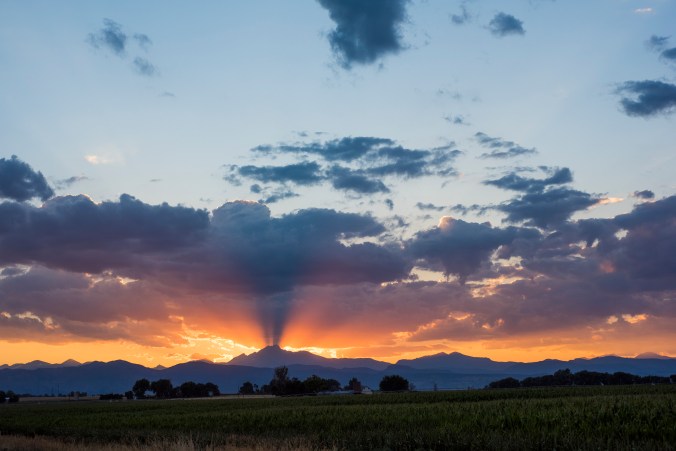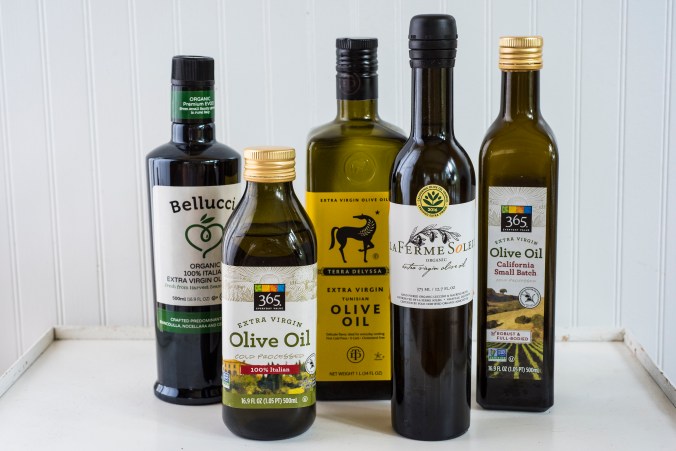It’s August in Colorado and that means the garden is finally, finally overflowing. We’ve had more than a few cool, rainy days recently; that leaves everything looking (falsely) lush and green, although it certainly doesn’t help the tomatoes ripen. This is when cooking is the easiest it will be all year: just go outside and harvest.
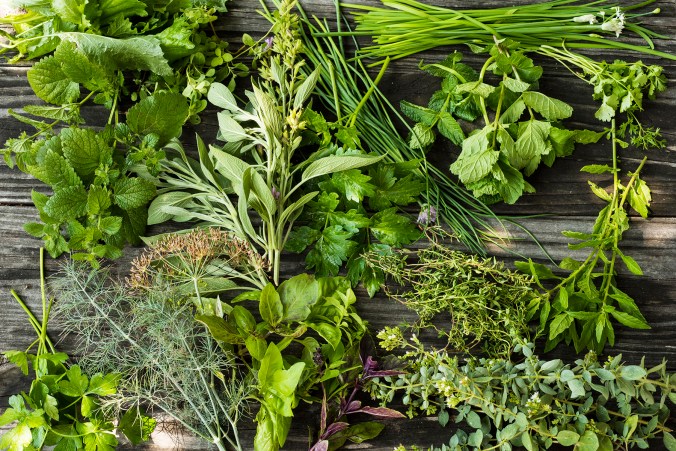
Especially in summer, when they’re cheap and abundant, fresh herbs are by far my favorite way to elevate simple home cooking. I get rather resentful about buying expensive plastic clamshells of herbs well past their prime for nine months of the year, but in the summer I can add them to everything with abandon.
If you want to grow herbs at home, the most important thing to know is your zone: in the U.S., we classify the entire country into growing zones based on climate. Most herbs will grow well on a sunny patio or deck; some may be perennials, which means they’ll come back year after year, while others might be annuals, so they’ll only last for one season. Find a good local garden center or a proficient gardener friend to serve as a resource.

Genovese, Thai purple and Greek ‘Yevani’ basil.
Basil is one of summer’s most versatile herbs; it shines with tomatoes and in pesto, of course, but is also underutilized with summer stone fruits and in cocktails. Make pesto in large batches and freeze in ice cube trays; once the cubes are frozen, empty into plastic zip-top bags and use with pastas and soups throughout the winter.
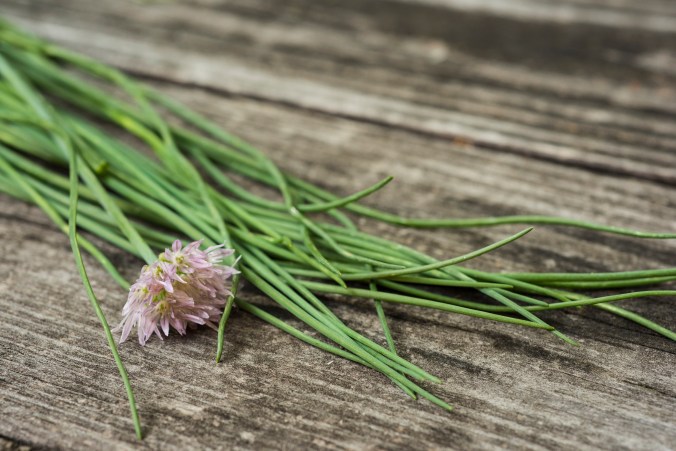
Chives and chive flower.
Thank goodness for chives; they’re a perennial in the Denver area and typically the first sight of green after a bleak winter. I use chives almost more than any other herb; they offer bright, fresh onion flavor without being too aggressive. Perfect for eggs; use the flowers as a garnish on salads.

Love-it-or-hate it cilantro.
Cilantro appears most often in Mexican and Asian cuisines. It’s a bit tricky to grow in Denver, as it tends to bolt quickly in our intense heat, but it’s worth trying in a cool, shady container. The aversion to cilantro that makes it taste like soap to some people is thought to be genetic.

Dill, gone to seed.
Growing up, dill was always labeled “dill weed.” This is accurate in other parts of the country, but it doesn’t tend to overrun Colorado gardens. Annoyingly, my dill is always ready long before my pickling cucumbers. Delicate dill is a perfect partner for fish, potatoes and pickles of any variety.

Epazote, popular in Mexican cooking.
A friend started epazote for my herb cooking class earlier this year (thanks, Jim!), so this is the first season I’ve had it. It’s most commonly used when cooking dried beans, as it moderates the “negative effects”. Use sparingly; a little goes a long way.

Garlic chives, recognizable by their flat rather than tubular appearance.
As with chives, garlic chives are a frequent guest in my kitchen. Ideal with eggs and perfect as a last-minute garnish over just about anything. They have a light garlicky bite but aren’t too strong.
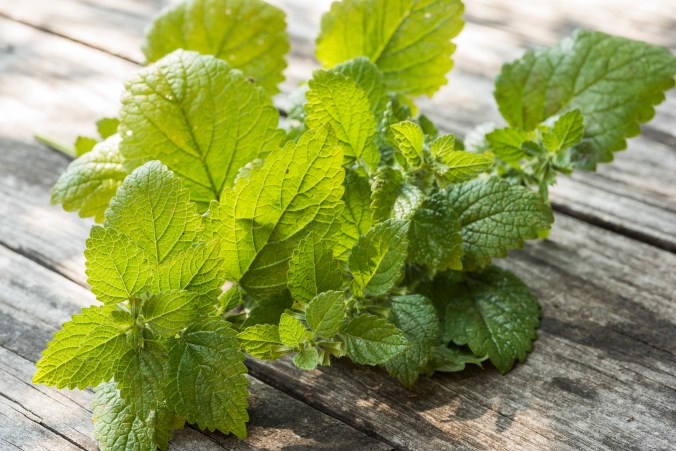
Lemon balm is often considered an invasive weed.
Years ago, when we first moved in to our house, I planted lemon balm. I wasn’t much of a gardener then and had no idea how aggressive it can be; it’s a member of the mint family, however, so really I should have known better. Now we have lemon balm everywhere, but the bees love it and it’s rare to find plants that grow well in Denver’s harsh climate, so I leave it alone. Perfect for making teas and tinctures.

Lovage leaves.
Lovage is another bee-friendly plant that I mostly leave alone, but this year I made lovage simple syrup for flavoring sparkling water and elevating gin and tonics. It has a pungent, celery-like flavor and can be used as a garnish for soups and stews, but as with other strongly flavored herbs, a little goes a long way.

Delicate, underused marjoram.
Marjoram is criminally underused in American cooking; it can go pretty much anywhere oregano might. It’s perfect in meat mixtures, such as meatballs or sausages, and adds lovely flavor to sauces, too. Any stuffed vegetable topped with tomato sauce is a great place to show off marjoram. Easy to grow in pots, but not a perennial in Denver.
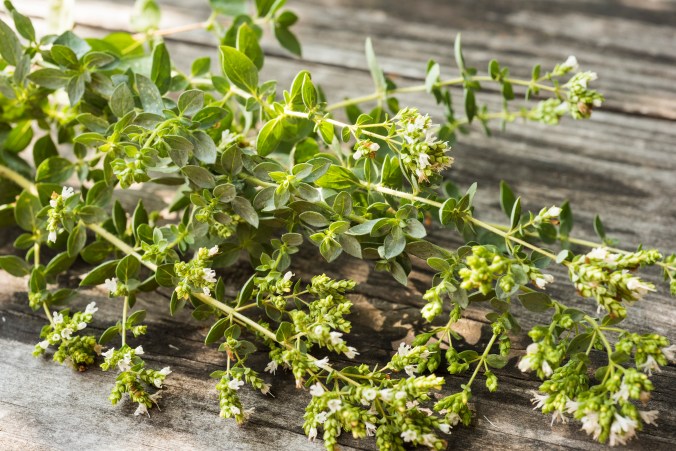
Oregano in flower.
Oregano pairs beautifully with tomatoes, especially in slow-simmered sauces. I also use it in herbed breads, typically mixed with thyme and sage. It’s a perennial where we live, so my plants come back every year. It’s one of the easiest herbs to dry for winter storage. Mexican and Greek oregano are the two most common varieties for home gardens.

Flat-leaf parsley.
For so long, parsley has been relegated to a wilted garnish (with a sad orange slice, of course) on the side of the plate at cheap breakfast joints everywhere. With the interest in Mediterranean cooking, however, parsley is coming into its own. It’s an excellent source of vitamins C and K, and its bright, snappy flavor livens up just about anything. I use it in grain salads (like tabbouleh) for crunch and texture, and also add the leaves to salad greens. I prefer flat-leaf to curly, but both should be used more than they are.

Velvety sage leaves.
Sage is most often used with poultry, specifically Thanksgiving turkey. As with oregano, I use it frequently in herbed breads as well as sausages. It’s also a perennial and a bee favorite, plus the leaves dry really well and don’t lose too much flavor. And the plant grows into huge bushes here, which is rare in this climate.
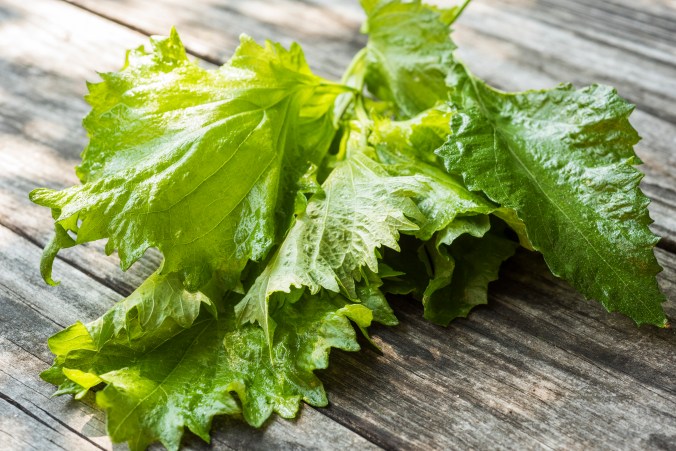
Soft, floppy shiso, a Japanese favorite.
Shiso is a recent discovery for me, and I’m really learning to love it. It is common in Japanese cuisine, along with many other herbs unfamiliar to American palates. The flavor is difficult to describe, but it’s herbaceous, with a little mintiness. It’s perfect thinly julienned in citrus or green salads, and it has a real affinity for fish. It’s also lovely in Vietnamese summer rolls, which typically contain an array of bright, fresh herbs. Surprisingly easy to grow (mine are in pots) once the seeds have started successfully.

Kentucky spearmint, one of the many members of the mint family.
There are hundreds of varieties of culinary mints; I prefer Kentucky spearmint. It grows well (some might say too well) and is useful in classic mint juleps, mojitos, fruit salads and every kind of summer vegetables. I add a little mint to salad greens, blend it into chocolate shakes and throw it on most grain salads. Again, an herb that I think everyone has but no one uses enough.

English thyme, delicate and pretty.
Thyme has a soft flavor and pairs wonderfully with stone fruits like peaches and plums. It goes with summer vegetables, like eggplant and tomatoes, and is one of my culinary workhorses for focaccia and other breads. Great in desserts, too. To remove the tiny leaves, place one end of the stem through a hole in a sieve and pull gently. The leaves should remain inside the sieve, saving you a lot of time and trouble!

